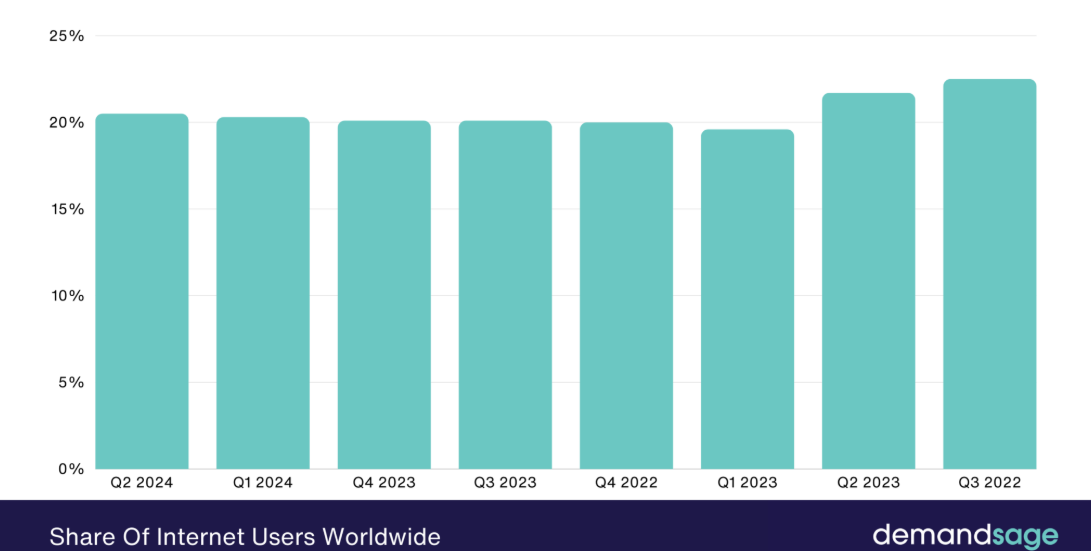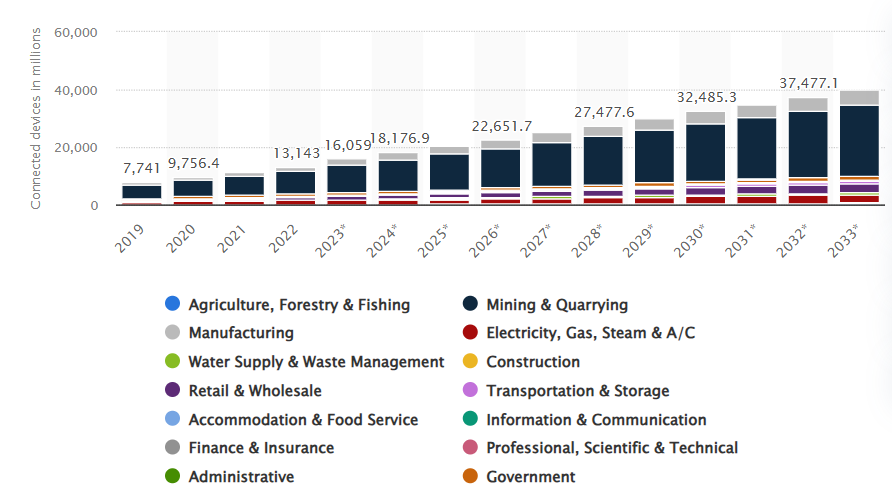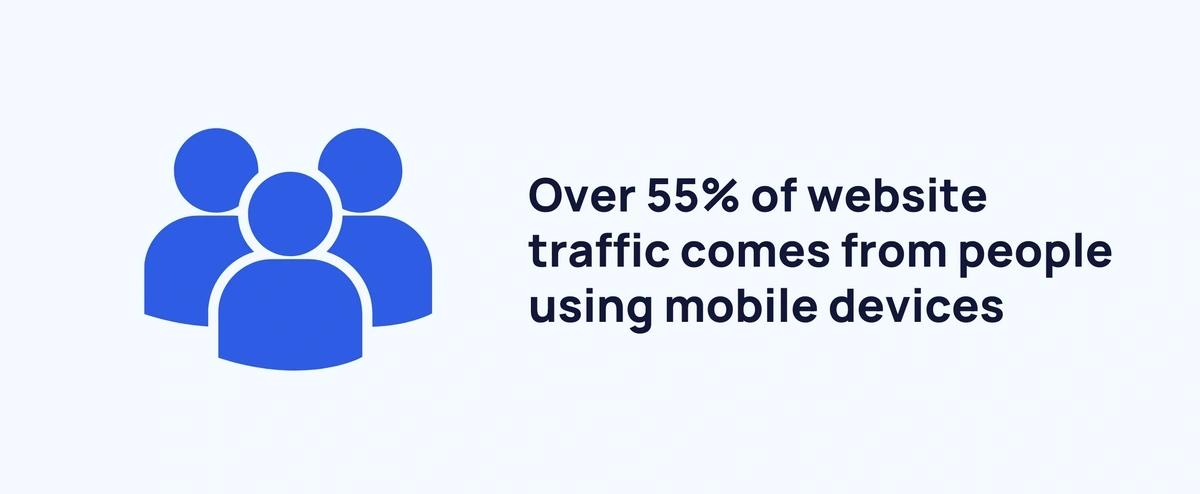Marketing is an ever-changing, almost ever-evolving concept in this age, and technologies, strategies, and consumer behaviors change. As a marketer or a marketer, you have to be aware of what is happening in the marketing world to keep the competition and increase the business results. As for digital marketing and workflow automation, change is happening so fast that this is especially true.
This guide is a complete source of the best marketing trends to follow in the world of digital workflows and automation so that marketers can keep up with the curve. It gives actional insight, real-world instances and best practices that can be integrated into your strategy.
This archive will cover predicting trends through research, automating the process to be more efficient, workflow optimization, personalization, customization, as well as mobile, video, and interactive content, conversational interfaces and AI, data utilization and analytics, security, and much more. For additional resources, check this site to see how businesses can integrate these technologies. You could be either a startup wanting to establish yourself online or an established company willing to make processes easier. You will find some useful things to move ahead with these technologies.
Research is the key to keeping pace with marketing by figuring out what’s coming. It analyzes relevant news sites, blogs, conferences, white papers, analyst reports and even more, so it gives visibility into what’s next. Areas to focus on include:
Artificial Intelligence (AI)
AI is revolutionizing business through machine learning, predictive analytics, conversational interfaces, personalization, and more. Its applications for optimizing and automating workflows will continue expanding.
5G & Wi-Fi 6
Faster connectivity speeds of 5G and Wi-Fi 6 will enable more complex digital experiences, VR/AR adoption, better real-time personalization, and the growth of smart devices.
Voice Technology
According to Demandsage, in 2025, more than 20% of all searches will be of the voice variety. Optimizing the content voice for the queries and integrating with smart speakers are the two things that marketers need to hone in on.

Blockchain
Being decentralized, distributed ledgers, blockchain offers more transparency, security, and traceability in digital transactions and operations. It might have long-term implications for the digital workflows.
Internet of Things (IoT)
Statista predicts that there will be 20 billion connected IoT devices by 2025. As smart gadgets proliferate, marketers can use the resultant data streams to inform content and personalize.

Keep an eye on technological shifts like these when plotting marketing plans. The brands that recognize emerging opportunities early tend to come out ahead.
Workflow automation is integral for resources-strapped marketing teams aiming to achieve more with less. The right platforms make it possible to set up triggers and rules that handle repetitive, mundane tasks automatically.
According to a PWC study, 65% of marketers say workflow automation allows them to focus on more meaningful work. It alleviates the burden of manual data entry, reporting, asset creation, and more.
Specific applications include:
When assessing marketing automation tools, consider ease of use, mobile optimization, AI and machine learning capabilities, integrated channels, customizable workflows, data/analytics functionality, and security.
Leading solutions include HubSpot Marketing Hub, Oracle Eloqua, Salesforce Pardot, Adobe Campaign, IBM Watson Campaign Automation, SAS Customer Intelligence, and SAP Marketing Cloud.
While automation handles repetitive tasks, marketers should still thoughtfully map workflows aligned to overarching goals. Document each step across key processes – from initial audience research and targeting to campaign creation, deployment, and performance tracking.
Categorize workflows based on function, such as:
Scrutinize workflows routinely to pinpoint optimization opportunities. Discover bottlenecks impeding productivity, unnecessary steps adding little value, weak points opening data leaks, etc. Refine architecture for maximum ROI.
Adaptability is also vital as consumer behaviors, algorithms, and technologies mature continuously. Build workflows that allow fluid change management as the market evolves.
Today’s consumers expect highly tailored, relevant digital experiences. Personalization is both an art and science of using data insights to understand each audience segment and deliver custom messaging. Sophisticated algorithms and automation enable ‘segmentation of one’ – unique treatment for every individual, including:
Testing is essential to gauge the performance of personalization campaigns. Ensure messaging resonates without coming across as intrusive. Get the right balance between convenient and creepy.
Smartphones are ubiquitous worldwide, so no digital experience is complete without mobile optimization. ExplodingTopics reports that over 55% of website traffic comes from mobile devices.

Ensure marketing workflows and automation platforms provide excellent mobile experiences out of the box. Key elements consist of:
As 5G networks expand globally over the next few years, reimagine mobile use cases with much greater bandwidth, speed, and reliability.
The video marketing meteor is still in flight. Research by PRNewswire indicates that video is responsible for 65 percent of internet traffic, and platforms such as YouTube, TikTok, Instagram, and Facebook have changed consumer habits, especially among the youth.
Today, marketers have to invest time and money in compelling video assets since video is not being replaced. Short videos are best, and they are optimized for mobile and social media. They must place videos at the top of landing pages and sites.
Audiences are also captivated by interactive content like quizzes, assessments, a calculator or a configurator that makes them part of the experience.
Similarly, virtual reality (VR), augmented reality (AR) and 360-degree video place consumers at the center of branded digital environments. As VR/AR headsets decline in price and gain traction, explore innovative ways to build immersive experiences with cutting-edge tech.
Advancements in natural language processing empower intelligent chatbots and messaging interfaces. When implemented correctly, conversational AI provides customers with helpful, immediate access to information in more natural ways.
24/7 automated chatbots offer immense benefits:
The best use case for streamlining workflows is chatbots. They are able to efficiently, simply, and repetitively manage requests and route more complex needs to the appropriate staff. Additionally, bots are able to produce a lot of valuable conversation data for marketing.
Major leading platforms like IBM Watson Assistant, Amazon Lex, Microsoft Bot Framework, Intercom, Drift, and ChatFuel.
The modern marketer relies intensely on data and analytics to guide decisions at every turn. From initial research to ongoing optimization, metrics reveal what works, what doesn’t and where to take action.
Marketing workflows should facilitate seamless data flows across tools/teams to paint a complete performance picture. Track KPIs spanning:
Monitor reports and leverage analytics platforms to learn what you can about uncovering insights that will help in strategizing. Use predictive modeling, what-if scenarios, data visualization, and techniques other than the above.
Use data to guide the budgeting and workflows for high-performing channels, campaigns, segments and assets. Witnessing numbers really doesn’t answer everything, but they do help provide solid proof over what could be wasted guesswork.
A modern marketer must have some form of data collection and analysis to power them, and this becomes even more imperative in terms of privacy and security. Brands should protect and be transparent about personal information from the customers' point of view. However, a single breach can severely damage trust and sink a company.
Technical safeguards like data encryption, anomaly detection systems, firewalls, access controls, VPNs, and hardened infrastructure protect against external threats. Equally important are internal policies, processes and culture focused on data governance – only capturing essential customer data, retaining it only as needed, and restricting access.
Marketers should champion responsible data usage across teams. Privacy should be a priority from campaign development all the way through workflow implementation, monitoring, and opCleareature clear opt-in/opt-out should be featured points scan o customers control their data sharing.
For marketers, today’s fast-changing digital landscape calls for learning and adapting to new workflows in order for engagement always to stay ongoing. Based on actionable advice given on researching emerging tech, automation, workflows, personalization, mobile optimization, interactive content, conversational AI, analytics and privacy, this guide, on the one hand, provides actionable advice.
Remaining on top of emerging innovations is not an easy task, but it is a thrilling period in the world of marketing. The new technologies enable creativity and efficiency in ways brands have no way to think about serving customers in ways that were never imagined possible.
Marketers can feel comfortable about how they will embrace the future by actively monitoring progress, strategically streamlining how things are done, and always focusing on and for customers.
Find out if MentorCruise is a good fit for you – fast, free, and no pressure.
Tell us about your goals
See how mentorship compares to other options
Preview your first month
